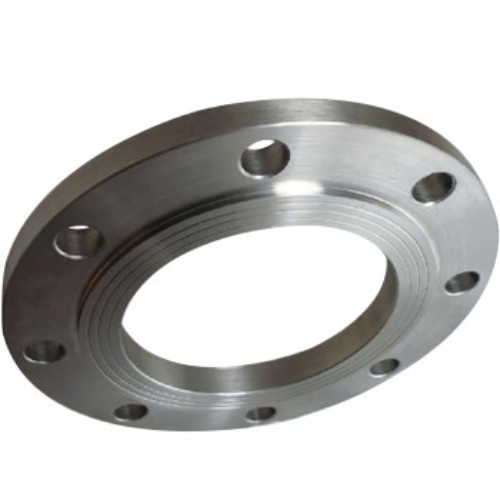Leading Manufacturer of High-Quality Valves and Pipe Fittings Solutions
Understanding the Importance of Valve and Pipe Fittings Manufacturers
In today’s industrial landscape, the integral role of valve and pipe fittings manufacturers cannot be overstated. These components are fundamental to the functionality and efficiency of various systems, spanning sectors such as water treatment, oil and gas, chemical processing, and HVAC (heating, ventilation, and air conditioning). The significance of these manufacturers extends beyond mere production; they are pivotal in ensuring safety, reliability, and operational efficiency in numerous applications.
The Role of Valves in Industrial Processes
Valves are mechanical devices that regulate the flow of fluids through pipelines. They can control various parameters, including pressure, temperature, and flow rate. There are several types of valves, such as gate valves, globe valves, ball valves, and check valves, each designed for specific applications. For instance, gate valves are often used in oil and gas industries for on/off control, while globe valves offer fine regulation of flow. The meticulous design and manufacturing process by specialized valve manufacturers ensure these devices meet industry standards for durability and performance.
Pipe Fittings Connecting the Dots
Pipe fittings are essential components that connect different sections of piping systems. They play a crucial role in direction changes, branch connections, or transitions between different pipe sizes or types. Manufacturers produce a wide array of pipe fittings, including elbows, tees, couplings, and reducers. High-quality fittings are essential for preventing leaks, ensuring system integrity, and facilitating easy maintenance. For instance, an improperly fitted pipe can lead to significant leakages, causing safety hazards, environmental concerns, and economic losses.
Quality Assurance in Manufacturing
valves pipe fittings manufacturer

The manufacturing of valves and pipe fittings requires stringent quality control measures. Manufacturers are expected to adhere to international standards, such as ISO 9001 and ASME, which define quality management systems and product specifications. Rigorous testing methods, including pressure tests, leak tests, and material inspections, are standard practices that ensure the reliability of these products under various operating conditions. By investing in advanced manufacturing technologies and quality assurance processes, manufacturers can deliver products that meet or exceed customer expectations.
Innovation and Technology
The valve and pipe fittings manufacturing industry continually evolves, driven by the demand for improved efficiency and sustainability. Innovations such as computer-aided design (CAD), 3D printing, and smart manufacturing technologies are becoming increasingly prevalent. These advancements enable manufacturers to create more complex and precise components while reducing lead times and production costs. For instance, advanced manufacturing techniques can optimize designs for weight reduction without compromising strength, which is particularly beneficial in applications such as aerospace and automotive sectors.
Sustainability Practices
As industries strive to reduce their environmental footprint, manufacturers are also adapting sustainable practices. The production of valves and pipe fittings can be resource-intensive; therefore, many manufacturers are implementing eco-friendly materials and processes. Utilizing recycled metals, reducing energy consumption during manufacturing, and minimizing waste are steps taken towards sustainability. Furthermore, manufacturers that offer products designed for easy recyclability contribute to a circular economy, thereby enhancing their competitive edge in a market that increasingly values environmental responsibility.
Conclusion
Valves and pipe fittings manufacturers are vital players in various industrial sectors. Their products not only ensure the safe and efficient transportation of fluids but also play a critical role in the integrity and sustainability of industrial operations. As the industry faces increasing demands for quality, innovation, and sustainability, manufacturers are rising to the challenge by investing in new technologies and adhering to stringent quality standards. Ultimately, the collaboration between these manufacturers and their clients lays the foundation for successful and efficient industrial operations, contributing to global progress and development. The future of valve and pipe fittings manufacturing looks promising, with ongoing advancements set to enhance reliability and efficiency in an ever-evolving industrial landscape.
-
The Key to Fluid Control: Exploring the Advantages of Ball Valves in Industrial SystemsNewsJul.09,2025
-
The Versatile World of 1, 2, and 3 Piece Ball ValvesNewsJul.09,2025
-
Stainless Steel Ball Valves: The Ideal Choice for Efficient Flow ControlNewsJul.09,2025
-
Optimizing Fluid Control with Ball Float ValvesNewsJul.09,2025
-
Manual Gate Valves: Essential for Control and EfficiencyNewsJul.09,2025
-
Everything You Need to Know About Butterfly ValvesNewsJul.09,2025
-
The Versatility of Wafer Type Butterfly ValvesNewsJul.08,2025




